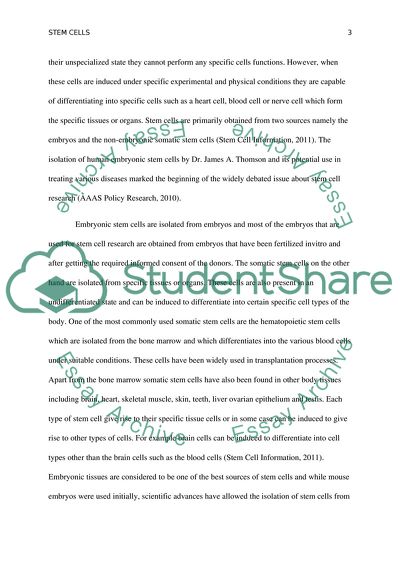Cite this document
(Stem Cell Research Policies Around the World Paper, n.d.)
Stem Cell Research Policies Around the World Paper. https://studentshare.org/medical-science/1852112-the-stem-cell-research
Stem Cell Research Policies Around the World Paper. https://studentshare.org/medical-science/1852112-the-stem-cell-research
(Stem Cell Research Policies Around the World Paper)
Stem Cell Research Policies Around the World Paper. https://studentshare.org/medical-science/1852112-the-stem-cell-research.
Stem Cell Research Policies Around the World Paper. https://studentshare.org/medical-science/1852112-the-stem-cell-research.
“Stem Cell Research Policies Around the World Paper”. https://studentshare.org/medical-science/1852112-the-stem-cell-research.


